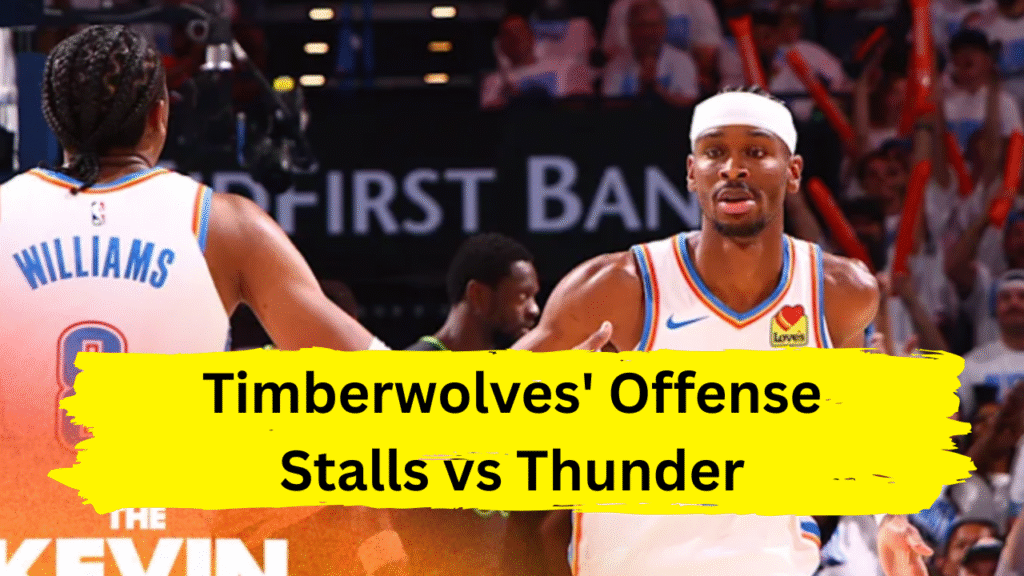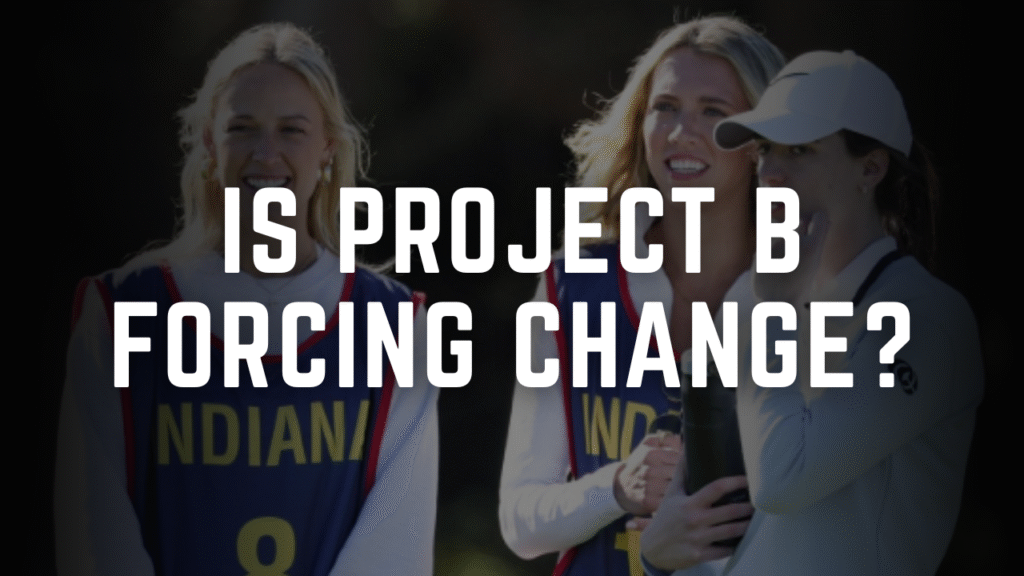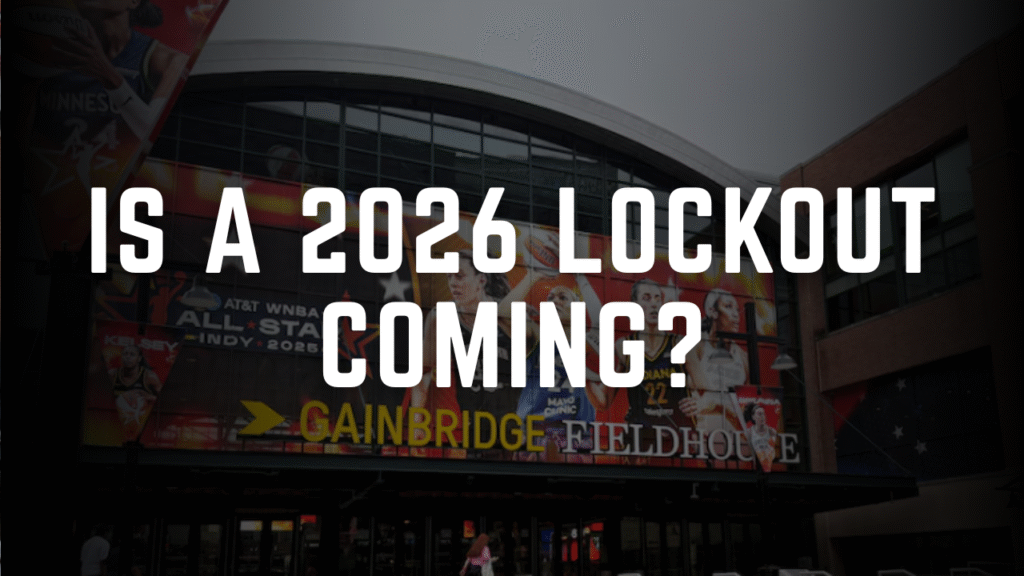The Minnesota Timberwolves entered the 2025 Western Conference Finals with high hopes. After a transformative season marked by Anthony Edwards’ emergence as a superstar and the integration of new pieces like Julius Randle and Donte DiVincenzo, the Wolves seemed poised to challenge the Oklahoma City Thunder’s dominance. Yet, through the first two games of the series, their offensive identity has unraveled, leaving fans and analysts questioning what went wrong. Let’s dive into the factors behind this stagnation and how the Thunder’s tactical brilliance has exposed Minnesota’s flaws.
The Thunder’s Defensive Masterclass
Oklahoma City’s defense has been the backbone of their success all season, and the Western Conference Finals have been no exception. The Thunder’s ability to switch seamlessly, contest shots, and generate turnovers has suffocated Minnesota’s rhythm. In Game 1, the Wolves shot a dismal 35% from the field and 29.4% from three-point range, with their bench combining for a catastrophic 7-of-36 shooting performance . Even in Game 2, where Minnesota briefly showed signs of life in the fourth quarter, OKC’s defensive adjustments — including swarming Randle and forcing role players like Naz Reid and DiVincenzo into tough shots — kept the Wolves at bay .
The Thunder’s defensive versatility is amplified by their depth. Players like Alex Caruso and Cason Wallace have disrupted passing lanes, while Chet Holmgren’s rim protection has neutralized Rudy Gobert’s impact . Minnesota’s reliance on isolation plays for Edwards and Randle has played into OKC’s hands, as the Thunder excel at collapsing the paint and forcing contested jumpers.
Minnesota’s Over-Reliance on Randle and Edwards
Julius Randle’s arrival in Minnesota was supposed to diversify the offense, but the playoffs have revealed a troubling trend: the Wolves’ success hinges disproportionately on him and Anthony Edwards. In Game 1, Randle exploded for 28 points in the first half, only to vanish in the second as OKC adjusted its defensive schemes . Edwards, meanwhile, has struggled with consistency. Despite flashes of brilliance — including becoming the franchise’s all-time leading playoff scorer in Game 2 — his efficiency has dipped, with forced shots and turnovers plaguing his performances .
The Thunder have exploited this over-reliance by trapping Edwards on drives and denying Randle clean looks in the post. When Minnesota’s stars are neutralized, the supporting cast has failed to step up. Role players like DiVincenzo and Nickeil Alexander-Walker, critical to the Wolves’ regular-season success, have shot a combined 5-of-28 from three-point range in the series, leaving the offense one-dimensional .
The Bench Mismatch
One of the starkest contrasts in this series has been the disparity in bench production. Oklahoma City’s depth — a hallmark of their roster construction — has shone through, with contributors like Isaiah Hartenstein and Kenrich Williams providing timely scoring and defensive intensity . In contrast, Minnesota’s reserves have been a liability. Naz Reid, often lauded for his offensive spark, has looked out of sync, while DiVincenzo’s shooting slump has persisted into the postseason .
The Thunder’s ability to rotate fresh legs without sacrificing defensive intensity has worn down the Wolves. For instance, in Game 2, OKC’s 14-1 third-quarter run was fueled by bench contributions, highlighting Minnesota’s inability to counter with a cohesive second unit .
Officiating Frustrations and Mental Fatigue
The Wolves’ struggles aren’t purely tactical; mental fatigue and frustration with officiating have also played a role. Shai Gilgeous-Alexander’s knack for drawing fouls — a tactic likened to James Harden’s infamous “arm clamp” — has rattled Minnesota’s defenders. Jaden McDaniels, tasked with guarding SGA, fouled out in Game 1 and drew a flagrant foul in Game 2, exemplifying the Wolves’ inability to adapt to the officiating style .
Coach Chris Finch has acknowledged the need for composure, but the team’s emotional reactions — including technical fouls and heated exchanges — have disrupted their focus. Meanwhile, the Thunder have remained disciplined, capitalizing on Minnesota’s mistakes to fuel transition opportunities .
The Road Ahead: Can Minnesota Adjust?
Despite the 0-2 deficit, the series isn’t over. The Wolves have shown glimpses of their potential, such as their third-quarter adjustments in Game 2, where they attacked the paint and cut OKC’s lead to 15. However, sustaining this requires more than sporadic bursts. Minnesota must diversify its offense by involving Gobert in pick-and-roll actions, reigniting their three-point shooting, and empowering role players to take open shots .
Defensively, the Wolves need to counter OKC’s motion-heavy sets with better communication and fewer overhelping mistakes. Limiting SGA’s free-throw attempts and containing Holmgren’s versatility will be critical.
Conclusion
The Timberwolves’ offensive stagnation is a product of systemic issues magnified by Oklahoma City’s elite execution. While Edwards and Randle remain capable of superstar performances, basketball is a team sport, and Minnesota’s supporting cast must rise to the occasion. The Thunder, with their depth, defensive discipline, and MVP-caliber leader in SGA, have set the standard. For the Wolves to claw back into this series, they’ll need more than adjustments — they’ll need a collective awakening. The question is whether they have the resilience and tactical flexibility to deliver it.
As the series shifts to Minnesota for Game 3, the pressure is on. The Wolves’ evolution as a contender hinges on their response to this adversity. If they fail to adapt, their season — and their offensive identity — may end up as another footnote in OKC’s ascendant narrative.


